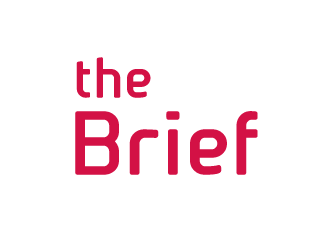Simon Stephen, associate in the employment team at Wragge Lawrence Graham & Co: Whistleblowing: Top Tips...
Whistleblowing is a hot and emotive topic, and the law around it is detailed and complex. It is essential to understand what it is and have a mechanism in place for dealing with it. This will help with ensuring issues are raised properly and dealt with appropriately. It will also help mitigate risk.
Here are the top five tips to bear in mind when dealing with whistleblowing:
1. Understand it
It’s important to understand what whistleblowing is and what it isn’t. Whistleblowing is, in essence, the raising of a concern of corporate wrongdoing that is in the public interest. If an individual is raising a complaint about their personal situation it is unlikely to be a ‘whistle blow’. It will probably be a grievance. An important point is the law itself doesn’t actually call it ‘whistleblowing’ – instead it’s all about ‘qualifying protected disclosures’.
To qualify for protection, a disclosure has to meet a number of requirements. It isn’t just a disclosure of an allegation, opinion or threats – it must be actual ‘information’ of wrongdoing. It must also be disclosed in accordance with certain specified methods and to the right person. The disclosure must be in the public interest. Workers who meet these conditions and make a ‘qualifying protected disclosure’ are protected against detriment or dismissal.
2. Policies
It is important to have a policy in place (public sector and regulated bodies may well be obliged to have one). The policy should be short, concise and clear. It will set out the types of issues that should be raised under it and those that shouldn’t. It will also usually include how an issue should be reported, to whom and what happens next. It is a good idea to link it up with other internal policies that are perhaps more relevant, such as a grievance or disciplinary procedure.
3. Training
As with all policies it is only worth having if people know about the policy and follow it. This applies to those looking to raise an issue and for those dealing with a ‘whistle blow’. Making sure it is publicised and that relevant people are suitably trained is key.
Training can be for those who might come across issues so they report them properly, and also for those who may have issues raised with them.
4. Reporting structure
For an individual looking to blow the whistle, the person to whom they make a disclosure is key to gaining protection. For an organisation, it is also important to manage the reporting of issues so they are internal and made to an appropriate person. Consider who is responsible for the policy and have a clear reporting structure.
5. Spotting issues
People rarely initially announce they are looking to blow the whistle, and that ‘label’ often only appears further down the track. Spotting an issue, and dealing with it, early on will assist with managing the risk of it becoming a risk area.









